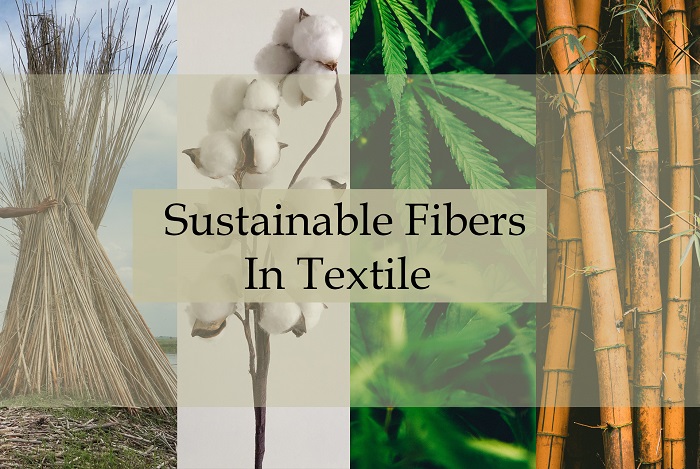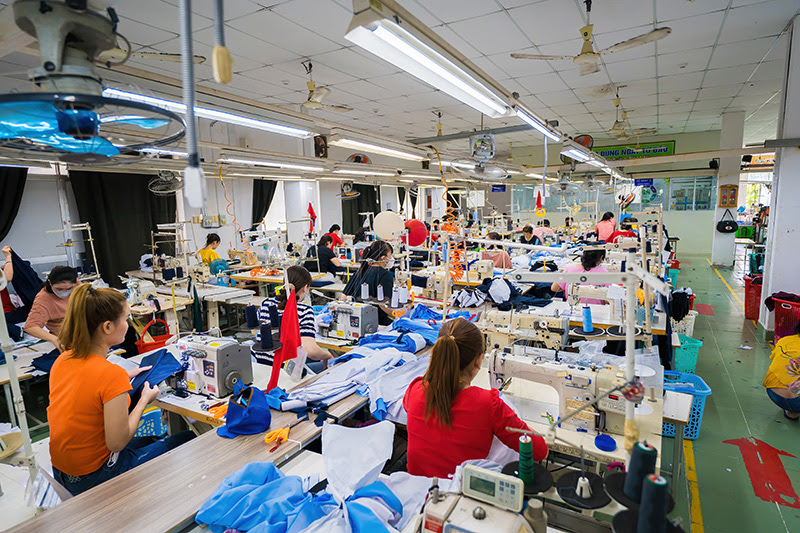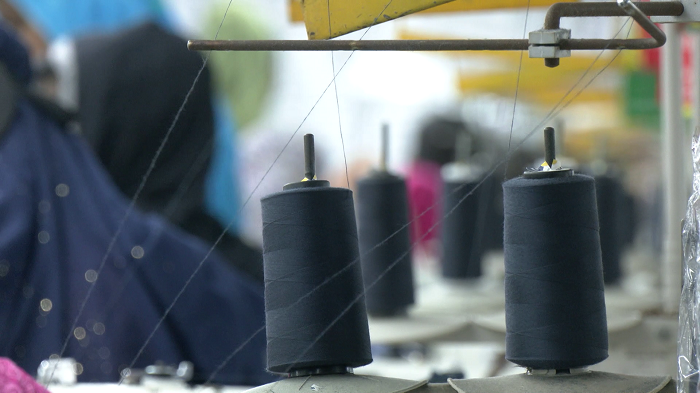US federal agencies have been banned from purchasing garments from Vietnam after the US Department of Labor's Bureau of International Labor Affairs said it believes clothing is being produced using forced or indentured child labour.
The Bureau of International Labor Affairs said based on the evidence it reviewed there are more than isolated cases of forced child labour in garment production. It noted these cases predominantly occur in small unregistered workplaces.
"In many countries, laws, policies and programs that are effective for registered factories are less effective at reaching children and other exploited workers in unregistered, more hidden work settings, and this appears to be the case in Vietnam's garment industry," the ruling said.
It added that in January this year, two Department of Labor officials visited the country to assess the current situation of forced child labour in Vietnam, with a focus on the garment sector, to gather additional information about the efforts and systems in place to combat this problem. Following meetings, the officials confirmed that most, but not all, child labour in the garment sector occurs in small, unregistered workshops.
"The visit confirmed that systematic monitoring of forced or indentured child labour in the garment sector is limited and largely confined to the larger, registered factories. There is no evidence of systematic monitoring of child labour in smaller, unregistered workshops," the ruling said.
India has eased import norms on certain varieties of wool to help the domestic industry in sourcing the raw material.The Indian wool importing industry wanted the removal of the mandatory requirement of a ‘No Objection Certificate’ for wool imports as it hindered supplies and was hurting the sector.
Of course, certain varieties of wool still need not require an NOC. This move is expected to aid the smooth inflow of wool imports, help the domestic industry engaged in value addition, making carpets, woolen clothing, garments and other woolen products and help in increasing the country's exports.
Wool importers have been complaining of difficulty and harassment on quarantine issues for the last three years. Some quarantine officers and custom officers had stopped the clearance of wool imports seeking an animal quarantine clearance or a NOC. The imported wool is being used for producing exportable products and hence, this step, adversely affected domestic value addition and exports.
The apparel sector has set itself a target of $5 billion in 2015 through garment exports.“A further $1 billion is targeted from the emerging new markets in China around that time, together it will make the apparel sector worth nearly $7 billion before the end of 2020,” Tuli Cooray, Secretary-General of JAAF said. President Mahinda Rajapaksa in his capacity as Finance Minister recently released a gazette notification titled ‘Commercial Hub Regulation No: 1 of 2013’, which will be applicable to all new enterprises established or incorporated in Sri Lanka.
Speaking about its benefits the apparel industry could accrue under this new regulation, Cooray said that the sector alone would anticipate an additional foreign exchange turnover of $1billion by year 2018.“We will mobilize all our existing resources to promote the new opportunity that has been opened and significantly improve our participation in reinforcing the national economy”, the Secretary-General added.
“The JAAF has played a vital role in the formulation of new regulation and actively participated in most of the consultative processes capitalizing on the government's ‘Open Forum’ policy where input from all shades of stakeholders were considered before the CHR was introduced,” he added. When the Bill for the introduction of Commercial Hub regulation was introduced in Parliament, it was challenged in the Supreme Court through a petition in the mid part of this year and the JAAF collective stood by the Bill and intervened as an interested party and cited its implementation justifiable as it was in the best interest of the country.
“The five year Strategic Plan of the JAAF which was rolled out in 2010 has outlined the significance of enhancing its present role as a manufacturing and supplying garments to a totally integrated solution provider for the international apparel sources, facilitating end to end solutions starting from research and development, supply chain services, logistics etc. Three years on, our achievement is significant,” he stated.
 The Union Budget 2013-14 presented by finance minister P Chidambaram today, have cheered the textiles and garments industry immensely. The reason: the government has finally agreed to unanimously remove the excise duty on readymade garments imposed two years ago.
The Union Budget 2013-14 presented by finance minister P Chidambaram today, have cheered the textiles and garments industry immensely. The reason: the government has finally agreed to unanimously remove the excise duty on readymade garments imposed two years ago.
As A Sakthivel, Chairman, AEPC opines, “We thank the FM for accepting the demand of the industry to restore ‘zero excise duty route’ for cotton and manmade sector (spun yarn) at the yarn, fabric and garment stage. We also thank him for accepting the demand of the industry, for which lakhs of workers, entrepreneurs extend their compliments.” Sakthivel also appreciated the fact that the ministry shall continue TUFs in 12th Plan with an outlay of Rs 2,400 crores. The creation of apparel parks within SITP and Rs 10 crores allocation will go a long way in increasing exports of value added textile chain.
The industry also welcomed the allocation of Rs 1,000 crores for skill development and hopes that substantial allocation would be made for the readymade garments sector, which allows immediately absorption of workers, displaced from agriculture and undertake lot of responsibility of the government in solving employment problem.
On behalf of the domestic garments industry, CMAI welcomed the removal of excise duty on branded garments. “The industry, as so correctly described by the FM, is in the throes of a crisis, and this lifeline was desperately needed to bring back some vigor to this beleaguered sector. The reversal to the optional route not only provides zero per cent duty to the industry, it will also provide some form of protection to the domestic industry from cheap imports. Moreover, it will encourage foreign retailers setting up shop in India to manufacture in India, rather than import from outside,” said Rahul Mehta, President CMAI.
Experts point out this move will revive consumer sentiment as prices will reduce, and minimize the grey market. “It’s good for the whole value chain as consumer sentiment will revive when prices come down,” opines Aamir Akhtar, CEO, Arvind Lifestyle Fabrics. Agrees Rajiv Dayal, MD, Mafatlal Denim as he says “removal of duty will lower MRPs of garments and augurs well for the industry.” It will provide much needed boost to brands and manufacturers to scale up and move to the organized sector. With the industry going back on a growth path, one of the biggest positive fallout will be increased employment opportunities, especially for unskilled and semiskilled workers, and more specifically for women workers.
Ramesh Poddar, Chairman & MD, Siyaram Silk Mills feels, the Budget has brought a ray of hope for the industry. “We have been demanding this for a long time and finally our appeals have been heard. This move will ultimately benefit the consumer and help the industry grow. We also appreciate the fact that the government has allocated Rs 500 crores for environmental issues in the textile industry. This will help companies be responsible towards the environment and help them reduce their carbon footprint.”
Manish Mandana MD, Mandhana Industries says the whole industry is relieved that excise will go. “It’s fantastic news. People are thrilled because the excise hit their business. Paperwork became difficult. This is a huge relief for retail and clothing companies. About Rs 500 crore has been allotted for environmental issues in the textile industry. This is good and that’s what we need moving forward. Infrastructure will get better with this. About Rs 1,000 crores will be allotted to enhance youth skills. This is also a fantastic move. In India we have so much talent and potential that can help the industry grow this move will help bring in fresh blood in the industry.”
- 1
- 2
- 3
- 4
- 5
- 6
- 7
- 8
- 9
- 10
Peeling Back the Fabric: Glimpact study gives true ecological threads of apparel…
A groundbreaking new study by Glimpact, has pulled back the curtain on the often-obscured environmental footprint of the apparel industry,... Read more
Embracing Innovation: The rise of sustainable fibers in a changing world
The quest for sustainable and high-performance alternatives to traditional resources has sparked a revolution in fiber use. According to the... Read more
Garment Tech Istanbul to showcase cutting-edge apparel technology and drive glob…
A global hub for apparel innovation Istanbul will welcome leading global players in garment, embroidery, and textile machinery from June 25... Read more
From discarded threads to global trends, Panipat's recycled yarn revolution
Panipat, a city synonymous with textiles, is rapidly evolving from a traditional weaving hub to a powerhouse of sustainable yarn... Read more
Bangladesh emerges strong in global RMG exports as China's loses ground
Bangladesh is rapidly strengthening its position as a major player in the global apparel export market, capitalizing on a shift... Read more
Blossom Premiere Vision returns in June to support luxury fashion's shifting nee…
As the global luxury goods market grapples with a prolonged slowdown, an industry once resilient to crises is now undergoing... Read more
Monforts technologies power sustainability showcase at Kingpins Amsterdam
Denim mills using Monforts systems dominate eco-focused fabric displays At the recent Kingpins Amsterdam exhibition held on April 16-17 at the... Read more
Bangladesh RMG exports navigate new skies amid cost concerns post India's trans-…
Bangladesh's RMG export is adapting to India's revocation of trans-shipment services, marked by maiden freighter flight carrying 60 metric tons... Read more
A stitch in time, fashion's 1% solution to a carbon crisis
The fashion industry, built on trends and textiles, is facing a stark reality: its environmental footprint is unsustainable. Hidden deep... Read more
Threadbare Foundations: Bangladesh’s RMG boom hangs by Indian yarns
Bangladesh’s ready-made garment (RMG) industry is a global juggernaut. Second only to China in apparel exports, the sector is the... Read more












